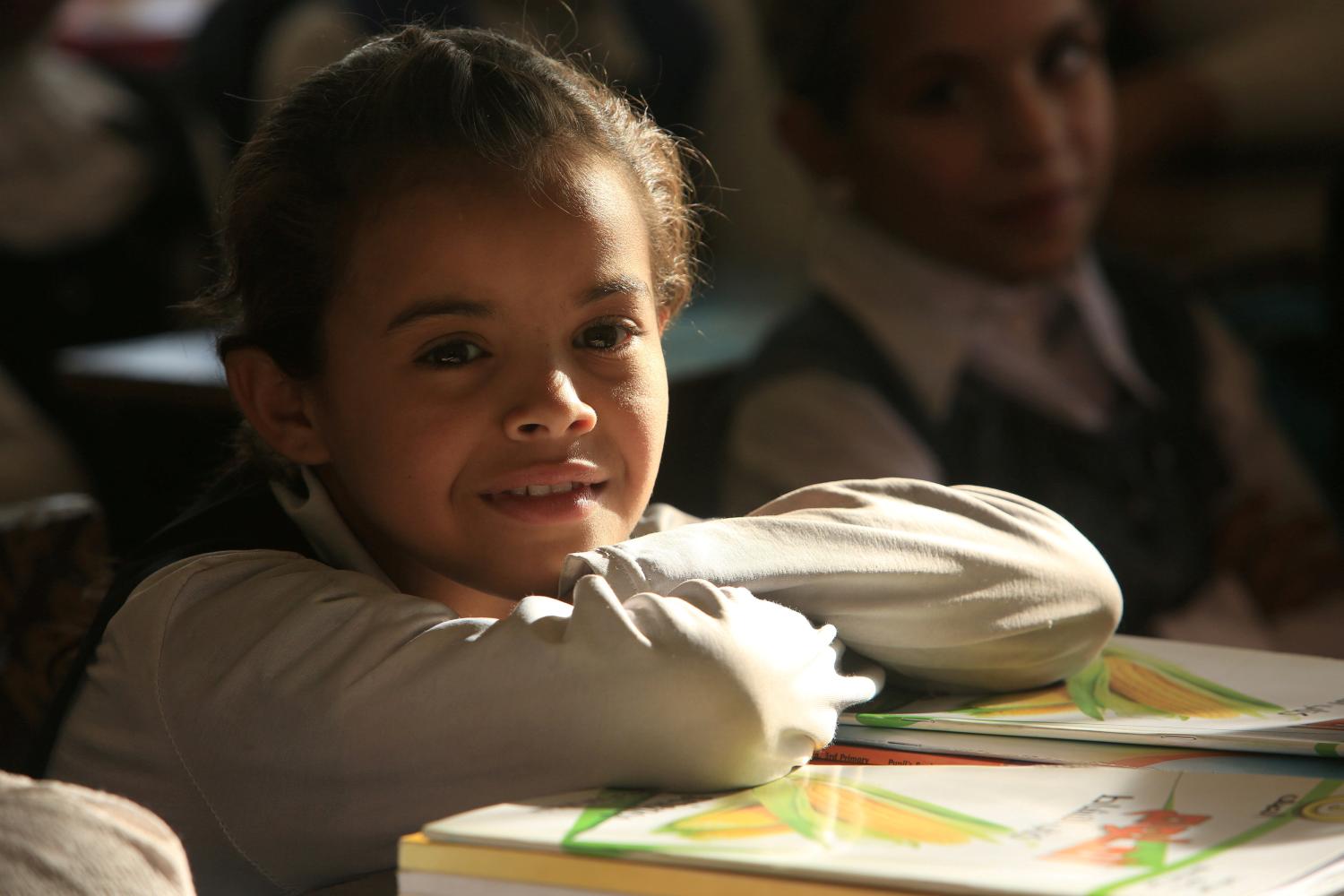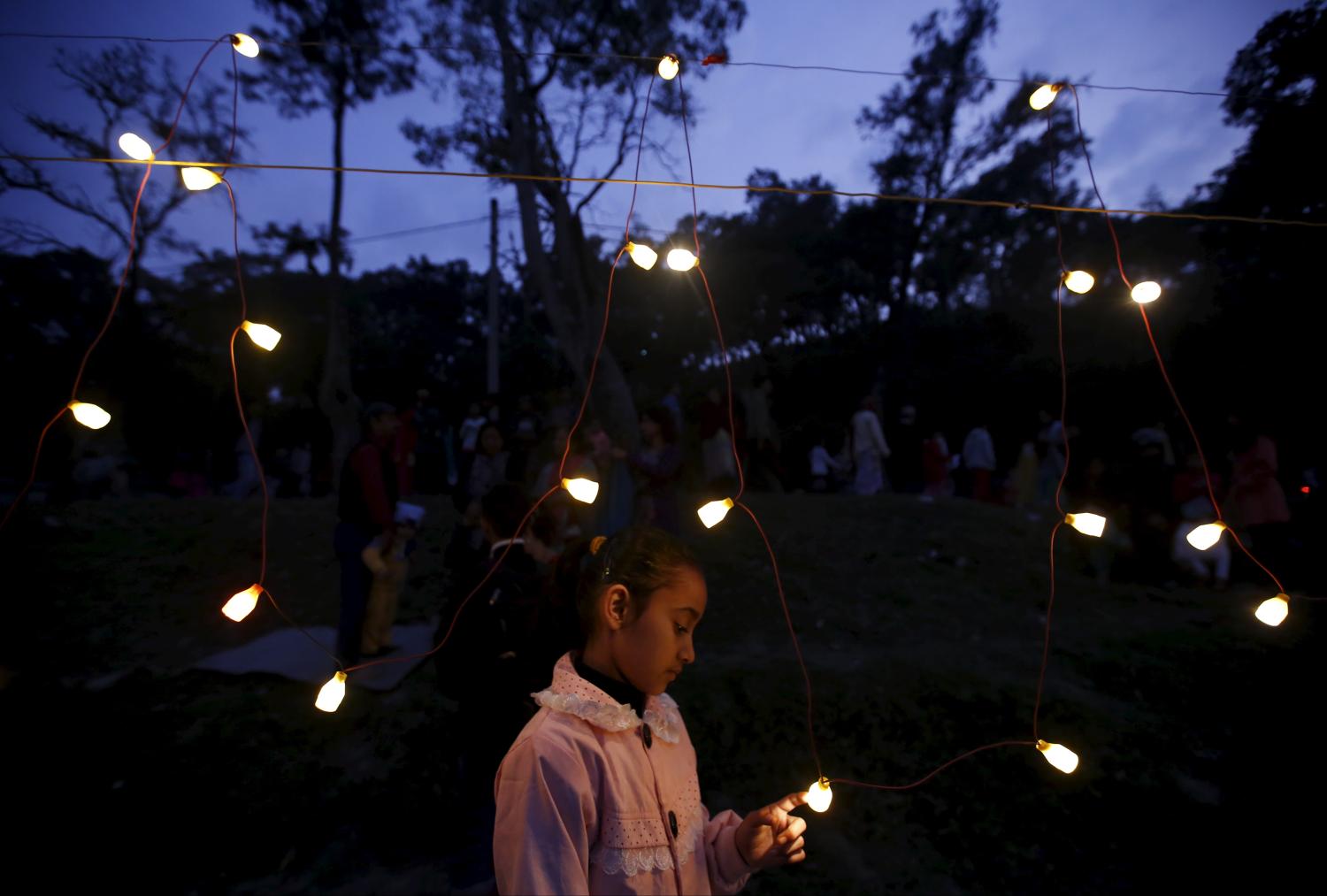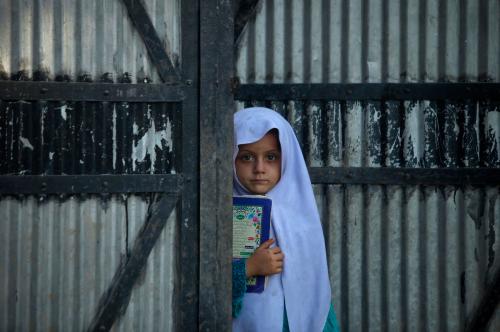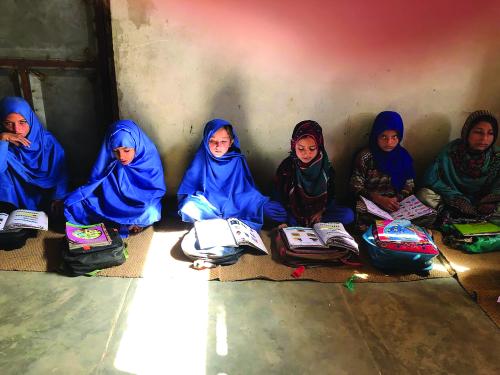Federally Administered Tribal Areas (FATA), renamed as the Newly Merged Districts (NMDs) of Khyber Pakhtunkhwa (KP) is a tribal region of Pakistan on the Pakistan-Afghanistan border that remained under decades of isolation, terrorism, and human rights violations. This region is now moving toward stability—a great sigh of relief for its five million residents. Following the peace establishment, rehabilitation, and resettlement of FATA communities in 2015, its integration with the KP province has initiated a whole new era of development and growth. Importantly, education is one of the first sectors to integrate with KP and initiate reforms.
Despite increased investments and progress in its education system, gender equality in education has largely remained neglected throughout its history—partially because of Talibanization and partially because of a strict tribal culture. The number of schools in the NMDs was already low (2,074 girls and 3,027 boys) and largely insufficient to meet the education needs of the 1,765,118 children of school-going age (4-14 years old)—half of which are girls. Moreover, with the destruction of more than 1,100 schools during Talibanization after 2001, the opportunity for education was further reduced, particularly for girls who were already more likely to be excluded from school. According to the 2017 FATA annual education census, only 37 percent of girls are attending school at the primary level and five percent of girls at the secondary level, compared to 49 percent of boys at the primary level and 17 percent of boys at the secondary level schools.
Though education is equally important and required for both girls and boys, not educating girls costs families and societies more because of the direct impact on early marriages and child and maternal mortality. Given the current situation of the NMDs, with multiple issues at all levels, the government and residents of the NMDs need to ensure that girls have access to education and can contribute in rebuilding and developing this war-torn, impoverished region. However, before developing any strategy to make this possible, it is important to understand the barriers that keep many girls out of school in this region.
My study focused on identifying barriers to girls’ education that are different from those affecting boys’ education in this post-war area of NMDs. I interviewed a variety of stakeholders, including teachers, Directorate of Education staff in the FATA, field staff from non-government organizations, girls from FATA schools, and teachers’ training college. In addition to the many barriers identified in the Education Sector Plan (ESP), which are highlighted in the paper, this study identified three new barriers that are not addressed by the ESP.
First, findings revealed that parents have a narrow view of the purpose of educating girls, as they perceive limited professional opportunities available for their daughters. Second, findings showed that there is inadequate transportation for both girls and their teachers to access distant schools. Finally, the educational experiences of a girl in the NMDs vary depending on her geographic location and cultural and economic situation within the NMDs. Addressing these context-specific and gender-specific barriers will result in bringing more girls to schools, particularly in this time of chaos and emergency within the NMDs.
The study also identified three opportunities around the issues related to girls’ low participation in education that can have ripple effects when leveraged. These opportunities revolve around communities’ interest in girls’ participation in the labor force and support from different segments of society including male family members. The government could better leverage these opportunities to improve the status of girls’ education. After missing out on decades of development and growth due to violence and war, NMDs need to identify and make the best use of such opportunities for women and girls and accelerate efforts toward regional stability and growth.
Girls in NMDs are as intelligent as girls from any other part of Pakistan. Yet, they lack the opportunity to explore their potential and contribute to the stability and growth of the region, given the long-standing geographic, political, and cultural complexities of the NMDs. While on one hand, the government needs to make girls’ education possible, communities and families likewise must ensure that girls are educated and contribute to the development and prosperity of the nascent NMDs, and Pakistan as a whole.
In this video, Sumbal Naveed, 2018 Echidna Global Scholar, describes her work identifying barriers to girls’ education in the post-war Newly Merged Districts (NMDs) of Khyber Pakhtunkhwa, Pakistan.
The Brookings Institution is committed to quality, independence, and impact.
We are supported by a diverse array of funders. In line with our values and policies, each Brookings publication represents the sole views of its author(s).









Commentary
Educating girls is a must in the Newly Merged Districts of Khyber Pakhtunkhwa, Pakistan
November 5, 2018